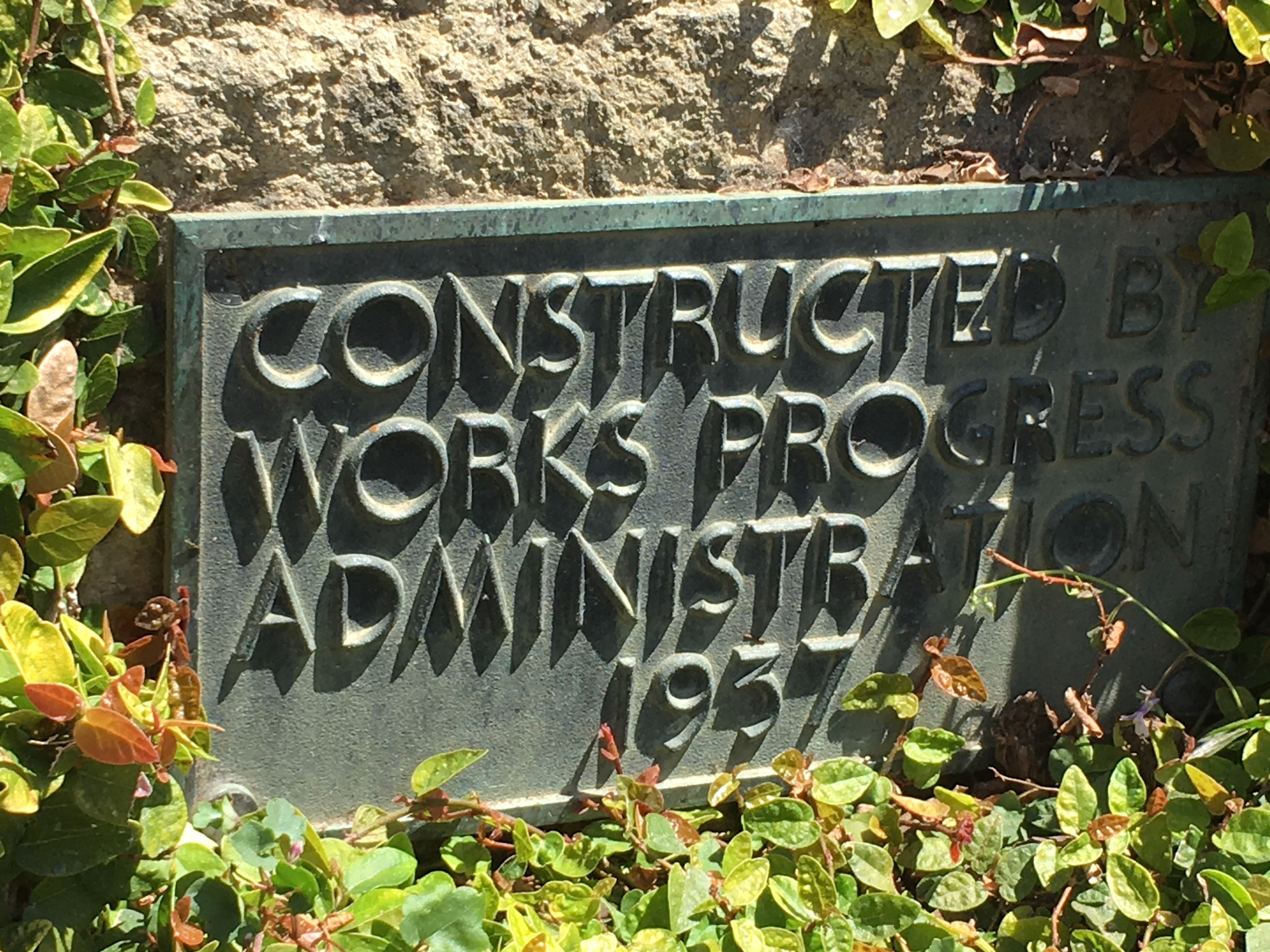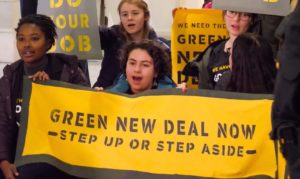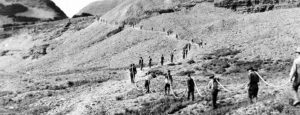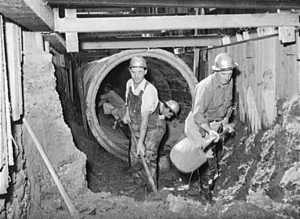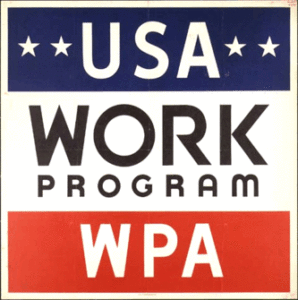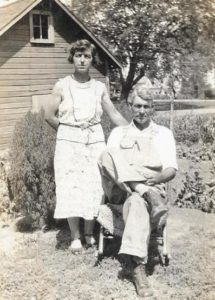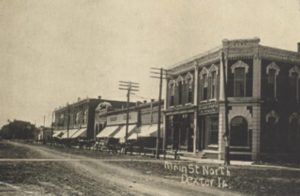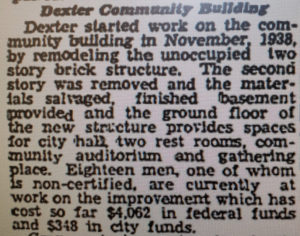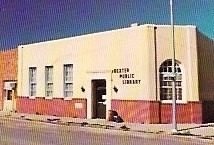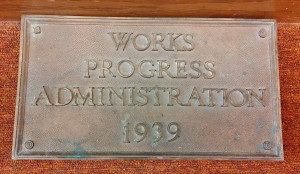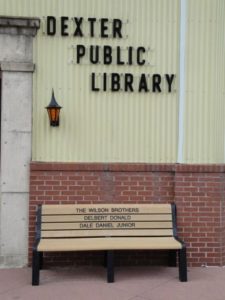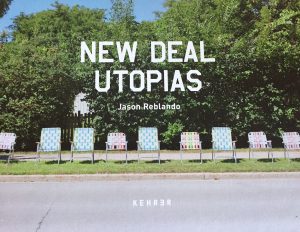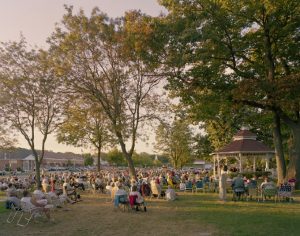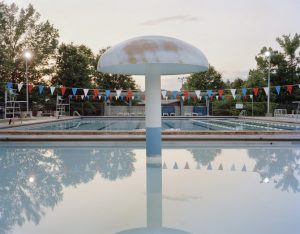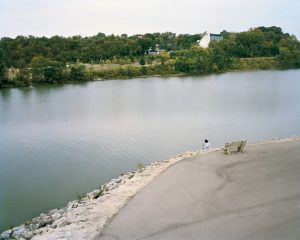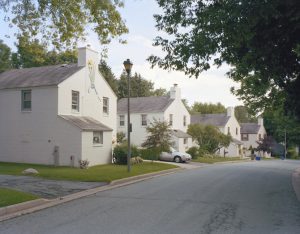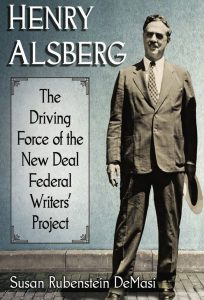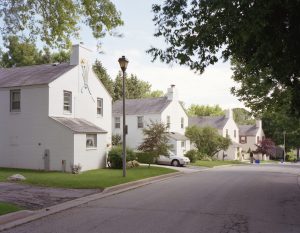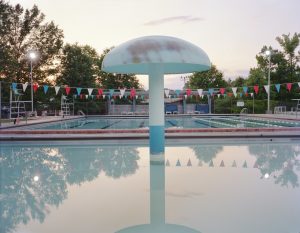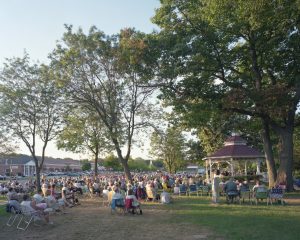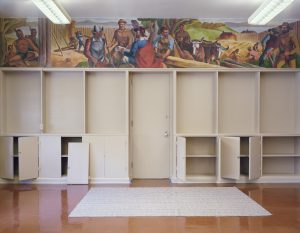
Frances Perkins
The first woman to serve in a presidential cabinet.
Photo Credit: Courtesy, Frances Perkins Center
In 1963, at the age of 83, Frances Perkins gave a series of lectures at UCLA entitled, “Labor Under the New Deal and the New Frontier.” She told her audience that for years after her tenure as FDR’s Secretary of Labor from 1933-1945, people would frequently ask her, “What was the New Deal anyway?”
“It was an attitude,” she would answer, “an attitude toward government, toward the people, toward labor . . . an attitude that found voice in expressions like, ‘the people are what matter to government,’ and ‘a government should aim to give all of the people under its jurisdiction the best possible life.’”
The first woman to serve in a U.S. presidential cabinet, Perkins spent 33 years of her long work life in government service–twelve of those years as U.S. Secretary of Labor.
Born Fannie Coralie Perkins in Boston in 1880, she spent her childhood between her family’s home in Worcester and the Perkins farm in Newcastle, Maine. Her grandmother, Cynthia Otis Perkins, a source of Yankee wisdom as well as family stories of life before and after the Revolution, encouraged her not to shy away from opportunity. “If a door opens, walk through it,” she said.

Frances Perkins
Factory inspector, 1911
Thus, Fannie came of age with a deep respect for the American dream and the belief that everyone, with opportunity, could be whatever he or she wanted to be.
That idealism was reinforced at Mount Holyoke College where, during a course in the history of industrialism, she visited factories in neighboring Holyoke, Massachusetts, and observed first-hand the drudgery and dangers endured by working men, women, and children. She knew she had to do something about what she saw as “unnecessary hazards of life, unnecessary poverty.” Upon graduation she taught at an elite school for girls in Lake Forest, Illinois, and spent her free time volunteering at Chicago Commons and Hull House, two pre-eminent settlement houses. She changed her name to Frances and her religious affiliation to the Episcopal Church, where she was a devout congregant for the rest of her life.
Upon receiving her Master’s from Columbia University in 1910, she accepted a position with the New York City Consumer League where she gained a reputation as an effective lobbyist on behalf of working people and workplace safety.

U.S. Labor Secretary Frances Perkins
Time Magazine Cover, August 14, 1933
On March 25, 1911, Perkins witnessed the fire at the Triangle Shirtwaist Factory where 146 garment workers—mostly young women—lost their lives. It was, she later said, the day the New Deal was born.
In the wake of the fire, she was appointed to head New York’s Committee on Safety and principal investigator of a legislative commission that resulted in the most comprehensive state laws on workplace health and safety to date. Governor Al Smith appointed her to the state’s Industrial Commission in 1919 and later named her its chair.
Perkins joined FDR’s cabinet when he served as governor of New York from 1929 to 1933. Before appointing her, the two spent a day at the Roosevelt estate at Hyde Park. As FDR drove them around the property, she told him that if she accepted the position she would promote a progressive policy agenda that would limit the hours women worked, restrict child labor, develop a better workman’s compensation system, and broaden the state’s labor laws to more industries. He agreed and promised to help her. She soon became the most prominent state labor official in the nation, responding to the deepening economic depression and, at the same time, advancing her boss’s visibility.

Perkins arrives at the White House
Cabinet meeting in September 1938
With his election as president in 1932, FDR was under pressure to appoint a woman to the cabinet. It was no surprise that he chose his trusted advisor as Labor Secretary. In a conversation reminiscent of that day in Hyde Park, Perkins wanted to be sure the new president would share her goals. She pledged to work for a forty-hour work week, a minimum wage, workers’ compensation, unemployment compensation, a prohibition on child labor, expanded public works projects, Social Security, and health insurance for all—a list she called “practical possibilities.”
By the end of her long tenure as Secretary, she had accomplished every item on that list except the last.
Collier’s Magazine in 1945, described her accomplishments as “not so much the Roosevelt New Deal as… the Perkins New Deal.”

Shaking hands with steelworkers
Homestead, PA, 1933

Perkins stands behind FDR as he signs the Social Security Act
August 14, 1935
Leah W. Sprague is a founding board member of the Frances Perkins Center, which convenes leaders and future leaders in public policy, labor, and related fields to generate creative solutions to social and economic problems, and preserves the Perkin’s legacy. A campaign is underway to raise $5 million to preserve the Perkins homestead in Newcastle, Maine, as a center for research, education, and public engagement. To learn more and to contribute to the campaign, please visit
francesperkinscenter.org


